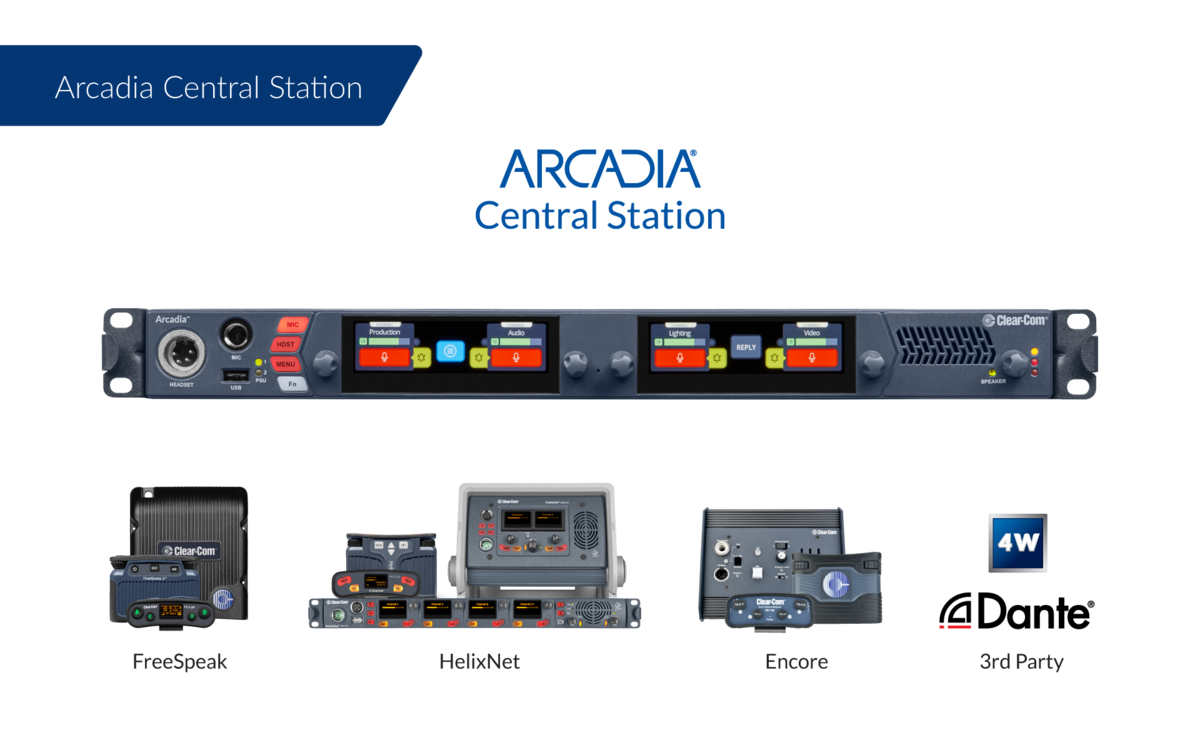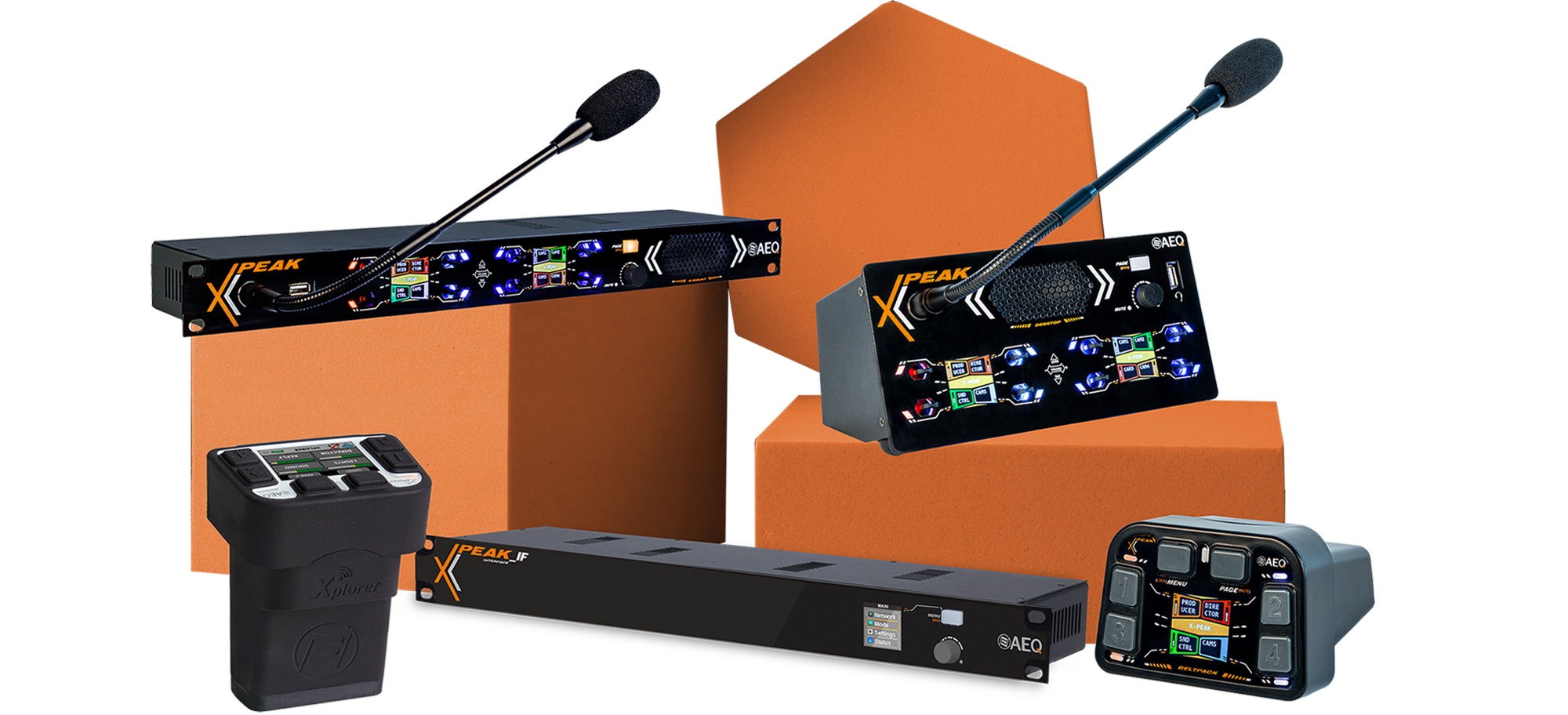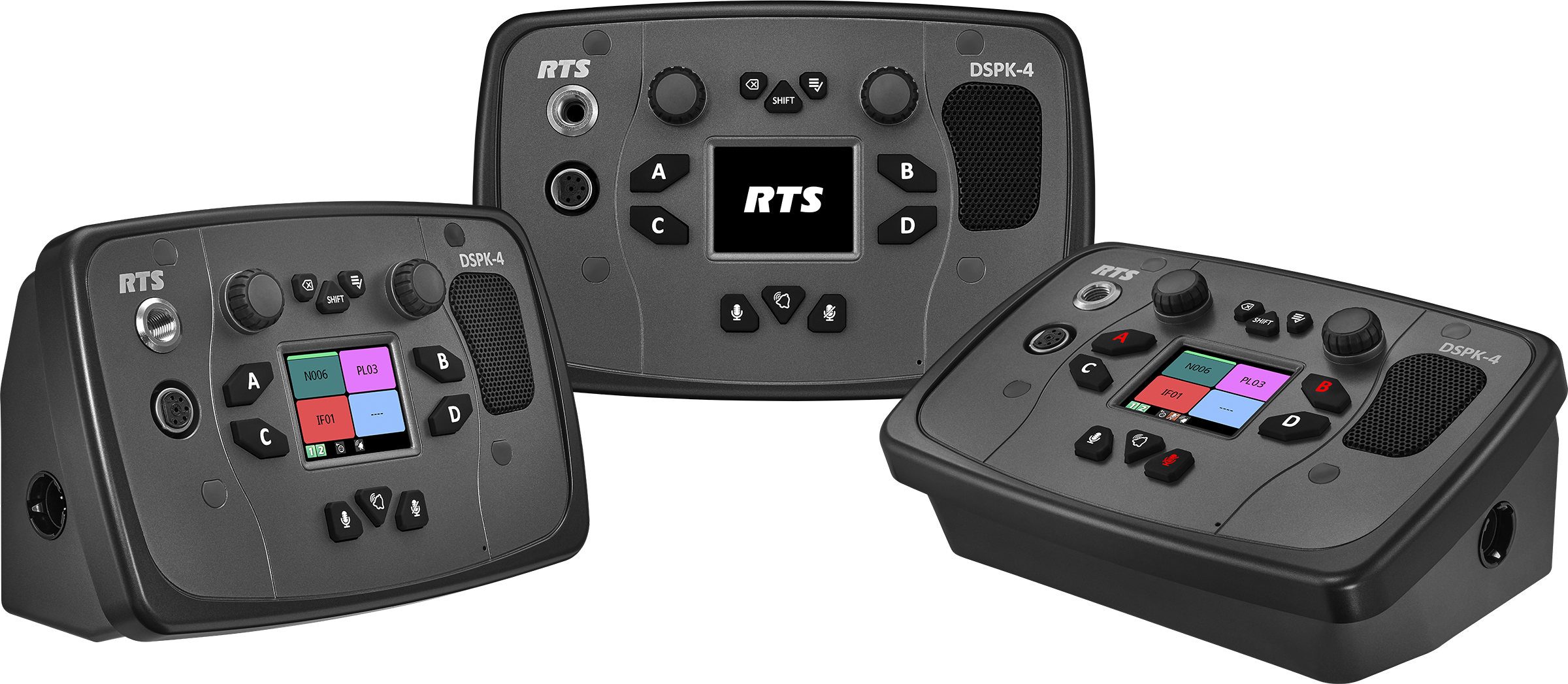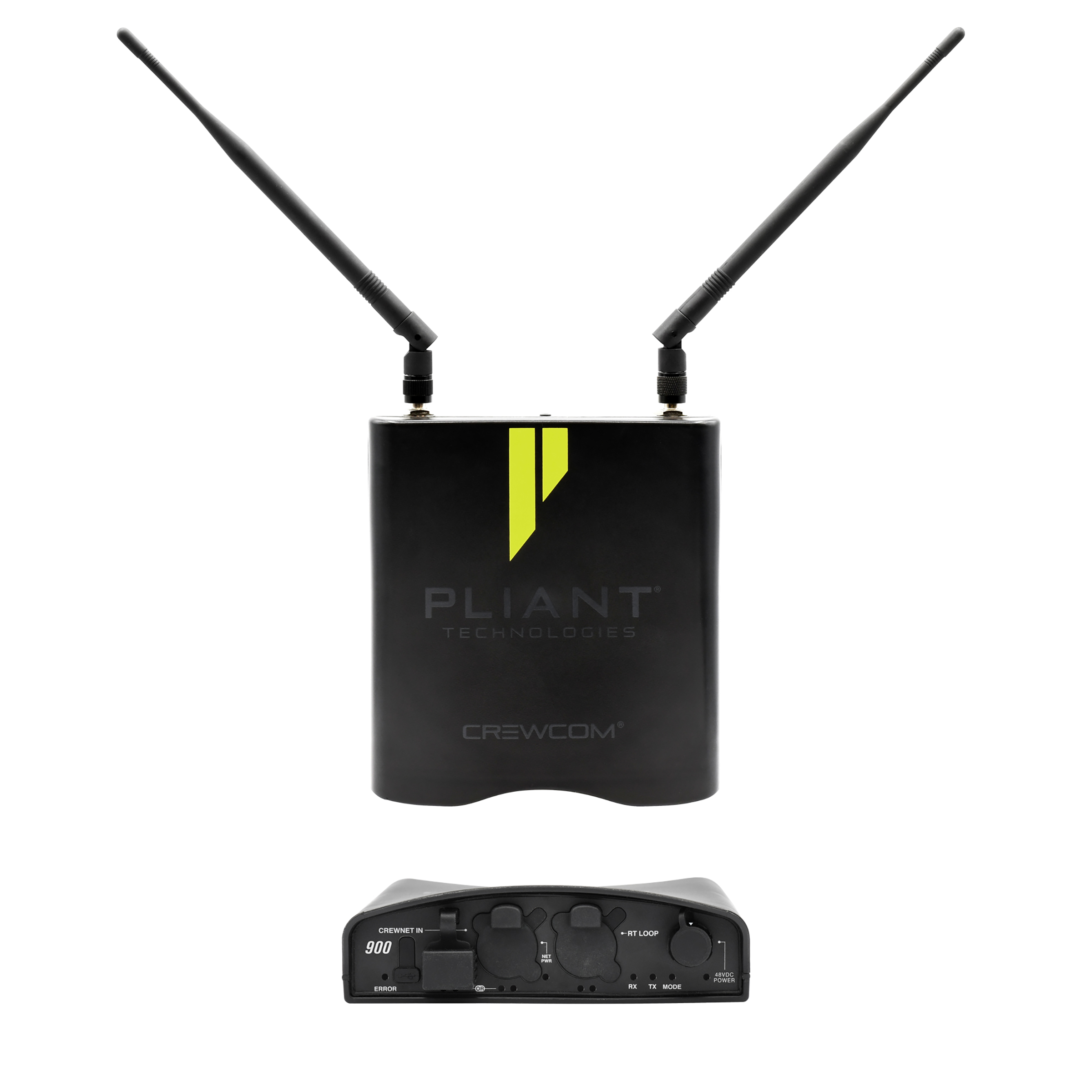Remote Production Boosts Intercoms’ Role
Comms systems adopt IP, cloud tech at NAB Show
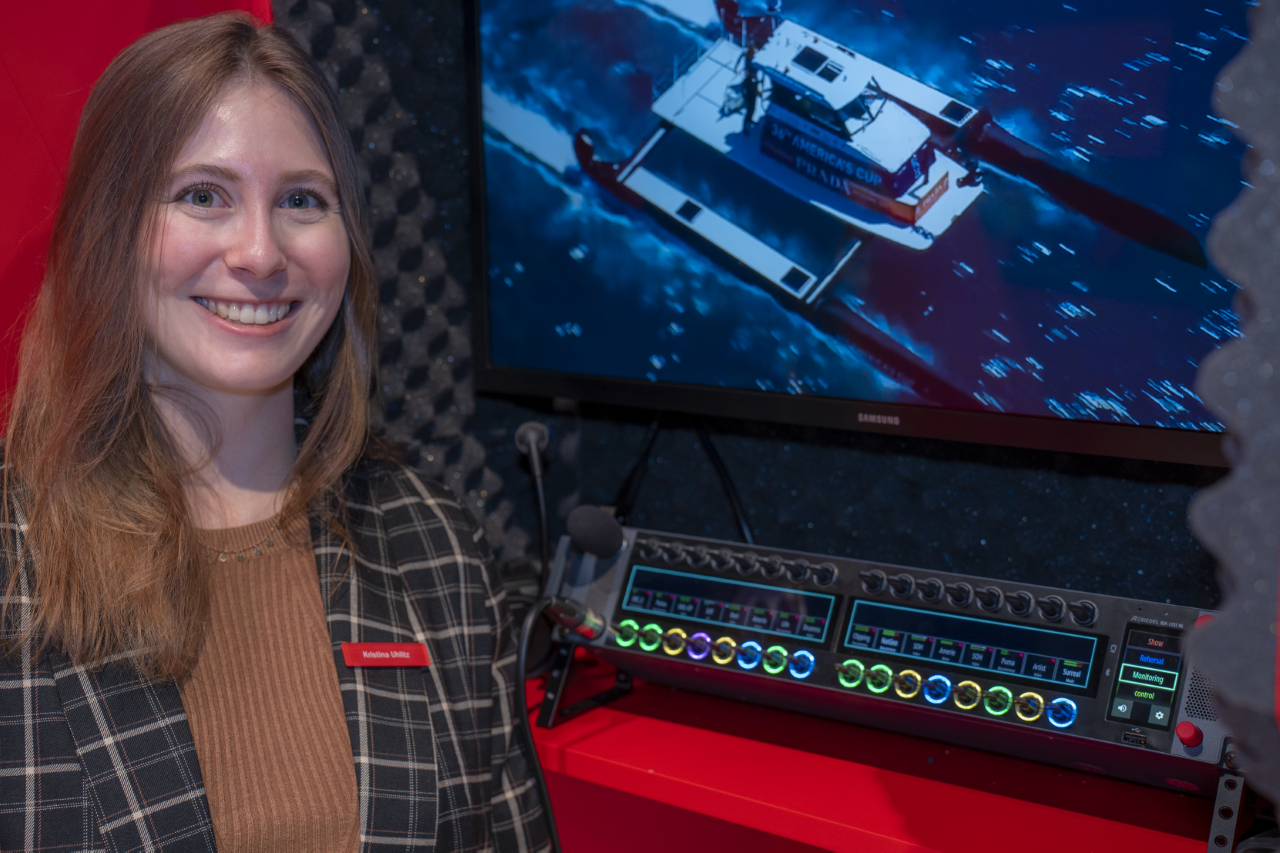
Communications systems have always been a necessity in broadcasting but, often, they were something that was almost taken for granted. But this year’s NAB Show gave a major platform to new intercom technologies and products.
Many of the big technological trends and fashions in broadcasting do not always cover all the technical aspects of acquisition and production. The spotlight at most NAB Shows over the last decade has been firmly on 4K, HDR and location to post-production workflows.
With the possible exception of the last of those, that focus has excluded intercom but this always important, sometimes overlooked area is now fully on trend thanks to the high profile of the cloud, virtualization and remote operations at the major broadcast technology exhibitions of the last few years.
That was certainly the case at this year’s Vegas gathering, where Remote Integration (REMI) based on IP—and increasingly involving the cloud and virtualized systems—was addressed by the main intercom manufacturers.
Bridging Old with the New
“People continue to look for new ways to communicate,” said Kris Koch, business development director for Broadcast Network and Media Production at Clear-Com. “In particular, REMI workflows were a common topic at NAB. Our customers require us to be flexible in supporting their workflow, whatever that may be. Often we need to bridge older technologies with new IP based workflows, so while AoIP [audio over IP] has become something of a standard in new designs, most customers need to transition into IP workflows.”
Clear-Com’s Arcadia Central Station received particular attention this year—the IP-based communications platform is scalable and can integrate components from the company’s HelixNet, FreeSpeak and Encore ranges, as well as third party Dante AoIP devices, to provide communications for fly-away systems and OB trucks. Also on show were new features for the Eclipse HX digital matrix, including Dynam-EC real time production software and V-Series Iris IP-based user panels.
Telos Alliance made the brave—or foolhardy—decision to give live demonstrations of its Infinity Virtual Intercom Platform (VIP), linked together with other AoIP products from the company’s portfolio, plus telephony devices, on what Martin Dyster, vice president of business development, described as “one big LAN”.
The professional video industry's #1 source for news, trends and product and tech information. Sign up below.

He acknowledges that it was a “bit of a leap of faith” to stage such a demo at a trade show but that the company wanted to illustrate how a hardware system could be virtualised in software and deployed on a computer or mobile phone with built-in audio, including a USB microphone and loudspeaker.
Telos VIP is now featured as part of other companies’ cloud infrastructures, including Grass Valley AMPP (Agile Media Processing Platform), Vizrt’s Viz Now and the Panasonic KAIROS IT/IP system.
“It has found favor from some big hitters that have built end-to-end virtual platforms using a SaaS [software as a service] model,” explains Dyster. “VIP doesn’t need a lot of bandwith, it can work as a four-wire intercom for both on-prem and cloud with about 32 Kbps in each direction.” He adds that the audio quality produced has now led to customers wanting to use the system for both contribution links and voice-overs.
Matrix Advances
Intracom Systems’ VCOM virtual matrix is another software-based communications platform aimed at both on-premises and in-cloud implementation. During the NAB Show, the company highlighted v7 of the system, which included new features for selecting talk and listen keys, which can now also be activated using Elgato’s Stream Deck control interface, and managing user access using Single Sign On (SSO).
Intracom chief executive Stephen Brand observes that in the current “crowded intercom field,” broadcast customers are looking for features, functions and overall technologies that will “save them money, simplify workflows and keep them ahead of the curve in a highly competitive environment where pristine communications are critical.”
AEQ has taken a matrix-less approach with its Xpeak system. This cloud-based intercom is particularly aimed at live and remote production applications, with Sales Director Gustavo Robles adding that REMI is now a “major trend in the market.” New from AEQ this year was the TP9116 rack-mounted intercom panel, featuring 16 four-way lever keys, with two functions on each lever, and IP connectivity over either Dante or AES67. Robles said a desktop version could be available by IBC.
Riedel Communications launched its Audio Monitoring App (AMA) for the 1200 SmartPanels range at the show. Product Manager Kristina Uhlitz comments that this is capable of running “several apps simultaneously” and attracted interest from many of the visitors to the company’s booth.
Also introduced were the Dante UIC card for the Artist system and new firmware for Bolero and its integrated charging station. “It provides visual data of registration and charging status and lets you upgrade all devices in the charger at once,” she added.
RTS introduced the DSPK-4 digital speaker station, part of the RTS Digital Partyline intercom range. Offering hybrid functionality in desktop, flush-mount and wall-mounted versions, it can operate in party line mode with the OMS (OMNEO Main Station) or as a portable key panel in conjunction with a RTS matrix, either ODIN or ADAM.
Competitor Compatibility
Many intercom manufacturers now offer compatibility with competitors’ systems. Studio Technologies’ new Model 545DC is compatible with Clear-Com party line products, while the Model 545DR, launched alongside it, offers a single two-channel interface for the RTS TW two-channel analog intercom circuit series.
Both can connect to Dante-equipped matrix intercoms, digital audio processors and mixing consoles and can work with Studio Technologies’ Dante-enabled belt packs, intercom stations and audio engines. Also new was the Model 342 intercom station, which can be used in multiple modes with a Dante audio matrix or as a point-to-point system involving two units.
Pliant Technologies continued to fly the flag for wireless-based intercom and debuted a new IP-rated radio transceiver for its CrewCom range. Available in both 900MHz and 2.4GHz versions, these are aimed at live broadcast and events where outdoor placement of transceivers is necessary.
Also on the booth was the new CCU-08 CrewCom control unit, which allows operators to use up to eight four-wire ports and provides the same features as the existing CCU-22 and CCU-44. Gary Rosen, vice president of global sales said there was still interest in wireless communications and while the cloud and AoIP have found favor for remote production, when it came to on-site installations “a dedicated and reliable intercom system remains key for most users.”
Whatever the connectivity medium, intercoms certainly showed significant advances at the 2023 NAB Show.
Kevin Hilton has been writing about broadcast and new media technology for nearly 40 years. He began his career a radio journalist but moved into magazine writing during the late 1980s, working on the staff of Pro Sound News Europe and Broadcast Systems International. Since going freelance in 1993 he has contributed interviews, reviews and features about television, film, radio and new technology for a wide range of publications.
